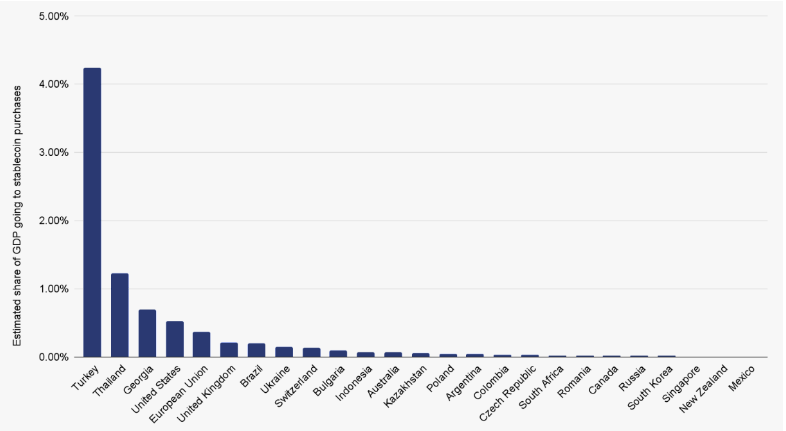
Bitcoin, the pioneer of cryptocurrencies, relies on a complex web of mechanisms to ensure its security, stability, and functionality. Among these intricate components, the Bitcoin hash rate stands out as a fundamental metric. It also plays a pivotal role in shaping the landscape of the entire network. In this comprehensive explainer, we will delve into the intricacies of the Bitcoin hash rate. We will also its significance, the mining process, its impact on network security, and its influence on market sentiment.
What is Hash Rate?
At the heart of Bitcoin’s decentralized architecture lies the concept of hash rate. In simpler terms, the hash rate represents the computational power exerted by miners within the Bitcoin network to solve intricate mathematical problems. The metric is measured by the number of hashes a miner can compute per second. In the context of Bitcoin mining, a hash is a cryptographic function that transforms input data into a fixed-size string of characters. Therefore, miners engage in a competitive process to find a hash that meets specific criteria, unlocking the opportunity to add a new block to the blockchain.
The Mining Process
Bitcoin operates on a proof-of-work consensus mechanism. Therefore, mining serves as the mechanism through which new bitcoins are created and transactions are appended to the blockchain. Miners engage in fierce competition to solve a cryptographic puzzle, seeking a particular hash that satisfies predefined conditions. The first miner to successfully solve the puzzle earns the right to add a new block to the blockchain and is rewarded with freshly minted bitcoins along with transaction fees.
Significance of Hash Rate in Bitcoin
Network Security: The hash rate serves as a barometer for the overall security of the Bitcoin network. A higher hash rate implies a more robust network, making it increasingly challenging for malicious actors to manipulate transaction data or execute double-spending attacks.
Difficulty Adjustment: Bitcoin’s protocol dynamically adjusts the difficulty of cryptographic puzzles based on the total hash rate of the network. This mechanism ensures that, on average, a new block is added to the blockchain approximately every 10 minutes, maintaining the consistency of the Bitcoin issuance schedule.
Competitive Mining: The hash rate directly influences the competitiveness of mining. With a higher hash rate, the mining process becomes more cutthroat. Meaning, it is harder for any single miner or group of miners to gain control over the network.
Measurement Units
The hash rate is quantified using various units, reflecting the scale of computational power. These units include hashes per second (H/s), kilohashes per second (kH/s), megahashes per second (MH/s), gigahashes per second (GH/s), terahashes per second (TH/s), and even petahashes per second (PH/s). Meanwhile, each unit signifies the number of hashes a miner can compute in one second. This provides a standardized measure of computational strength.
Impact on Bitcoin’s Price and Market Sentiment
The hash rate, beyond its technical implications, also wields influence over market sentiment within the cryptocurrency space. A rising hash rate is commonly interpreted as a positive signal, indicative of increased miner confidence in the network’s future prospects. Conversely, a substantial drop in hash rate may trigger concerns, raising questions about potential vulnerabilities or miner capitulation.
Conclusion
The Bitcoin hash rate emerges as a foundational metric. It serves as a dynamic reflection of the computational strength and security inherent in the network. Its intricate interplay with network security, difficulty adjustment, and competitive mining underscores its significance in maintaining the robustness of Bitcoin’s decentralized architecture. As of the latest available data, the current Bitcoin hash rate stands at an impressive 511.28 EH/s. It also represents the global network hash rate, with a mining difficulty of 72.01 T at block height 824,129. As the cryptocurrency landscape continues to evolve, understanding and monitoring the Bitcoin hash rate remains crucial for participants and observers alike.
Personal Note From MEXC Team
Check out our MEXC trading page and find out what we have to offer! There are also a ton of interesting articles to get you up to speed with the crypto world. Lastly, join our MEXC Creators project and share your opinion about everything crypto! Happy trading! Learn about interoperability now!
Join MEXC and Get up to $10,000 Bonus!
Sign Up


